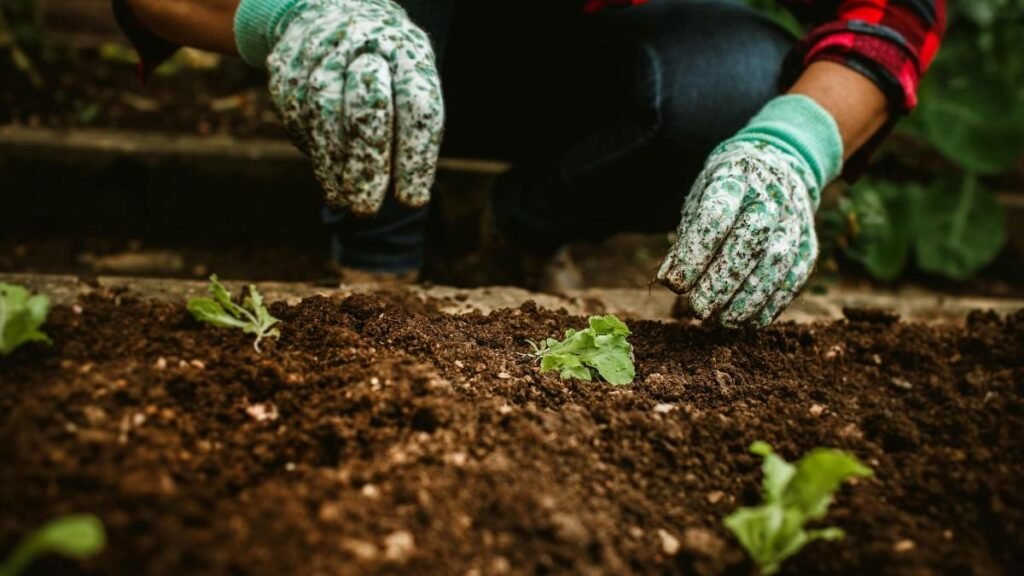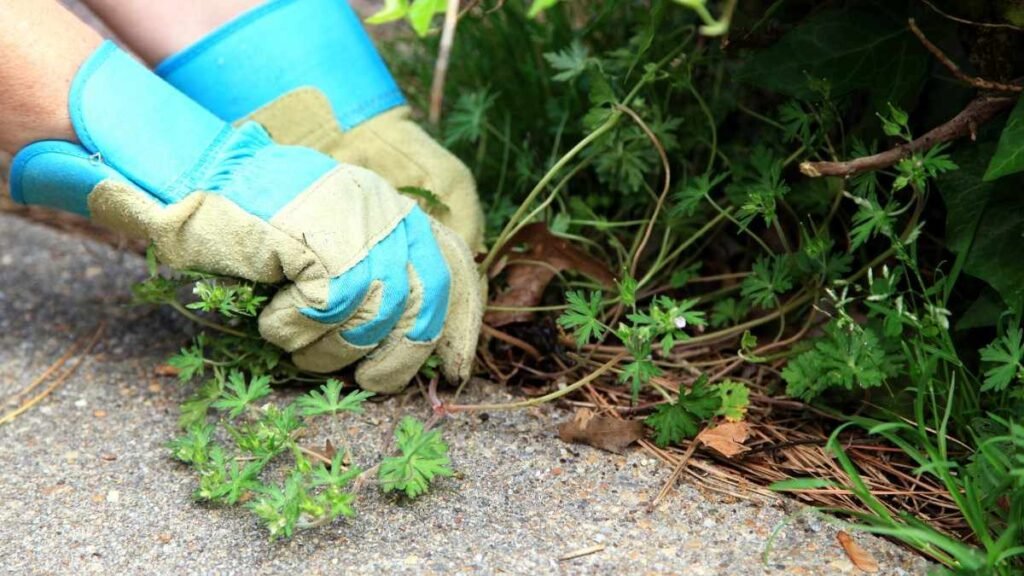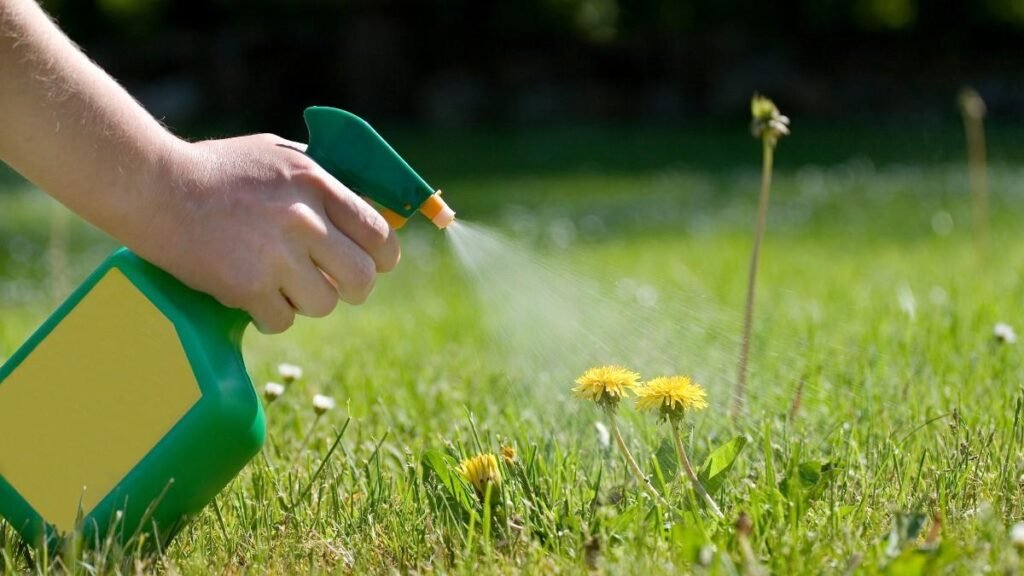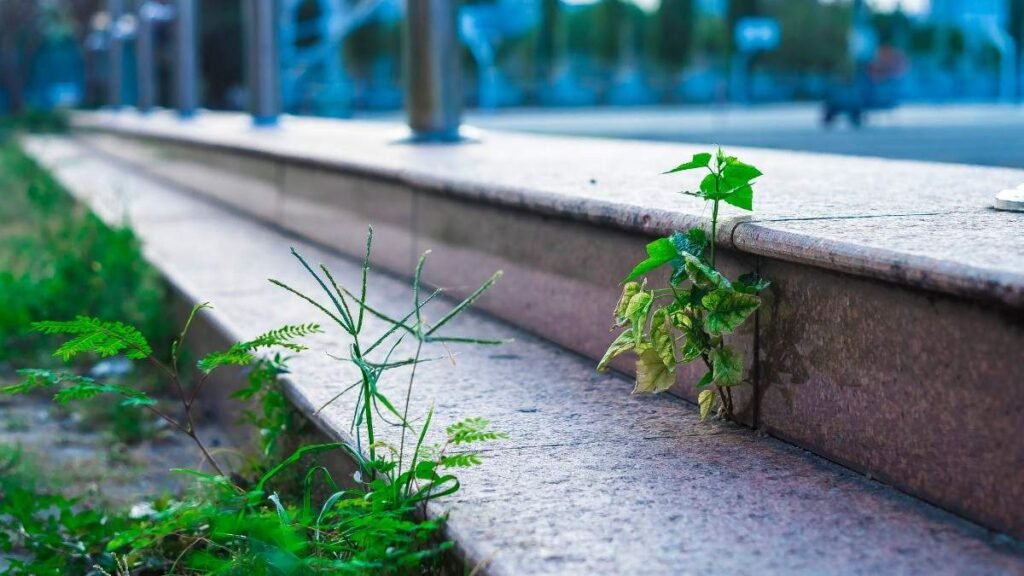Weeds are the unwanted guests of every garden, lawn, and landscape. They compete with your plants for water, sunlight, and nutrients—and they always seem to grow faster than the plants you want. When you’re tired of pulling them out by hand, the easy solution might seem to be chemical herbicides. But here’s the catch: many commercial weed killers contain harsh ingredients that can harm the environment, wildlife, and even your health.
What if you could control weeds effectively without relying on toxic sprays? You can. There are many natural, safe, and affordable ways to manage weeds—ways that not only work, but also improve your soil, protect pollinators, and support a healthier garden ecosystem. Whether you’re growing vegetables, maintaining a lawn, or caring for ornamental plants, this guide will show you how to deal with weeds without harsh chemicals.
Why Avoid Chemical Herbicides?
Before we dive into solutions, it helps to understand why it’s smart to steer clear of synthetic weed killers:
- Health concerns: Many chemical herbicides contain ingredients linked to respiratory issues, hormone disruption, and even cancer (like glyphosate).
- Soil damage: These chemicals can kill beneficial microbes and degrade soil structure over time.
- Water pollution: Runoff from treated areas can contaminate streams, rivers, and groundwater.
- Impact on wildlife: Chemical herbicides can harm bees, butterflies, pets, and other animals.
That’s why switching to natural weed control isn’t just good for your garden—it’s good for the bigger picture, too.

Start with Prevention
Stopping weeds from early growth is the best approach to handle them. Here are key preventive tactics:
Mulching
Mulch is one of the simplest and most powerful tools for natural weed control. A thick layer of organic mulch (like wood chips, straw, shredded bark, or compost) blocks sunlight, making it hard for weed seeds to sprout.
Tips:
- Apply 2 to 4 inches of mulch around plants and in open soil.
- Replenish mulch as it breaks down or gets thin.
- Steer clear of packing mulch against tree trunks or plant stems.
Ground Covers and Dense Planting
Weeds love open space. Filling your garden beds with ground covers or closely spaced plants gives weeds fewer places to grow.
Try these:
- Creeping thyme, clover, or sweet woodruff as living mulches.
- Interplanting crops or flowers tightly to shade out weed seedlings.
Healthy Soil
Weeds often thrive in poor or compacted soil. Improve your soil health by:
- Adding compost regularly
- Avoiding heavy tilling (which stirs up dormant weed seeds)
- Encouraging earthworms and beneficial microbes

Remove Weeds Naturally
When weeds do show up—and they will—there are safe, non-toxic ways to remove them.
Hand Pulling
Old-fashioned, yes. But effective. Pulling weeds by hand works best when the soil is moist and the plants are young.
Tools to help:
- Hand weeder
- Dandelion puller
- Hoes and hori-hori knives
Tip: Try to get the whole root, especially for perennials like dandelions or dock.
Hoeing
Using a sharp hoe to slice weeds at the soil line is fast and efficient. Do this on dry days so the weed tops wither in the sun.
Types of hoes:
- Stirrup hoes for shallow weeding
- Collinear hoes for precision work
- Standard garden hoes for tougher jobs
Smothering
Cut weeds to the ground and cover them with cardboard, newspaper, or black plastic. This blocks sunlight and kills the plant over time. Top with mulch or compost for better aesthetics.
Great for:
- Starting new garden beds
- Reclaiming weedy areas
- Organic no-dig gardening

Use Natural Weed Killers
If you need a quicker fix, several homemade and commercial options use safe ingredients. Just keep in mind: natural doesn’t always mean selective. Many natural weed killers will harm any plant they touch, so use with care.
Vinegar Spray
White vinegar with 5% acetic acid can kill young weeds by drying them out. For stronger results, horticultural vinegar (20% acetic acid) is available at garden centers.
Basic Recipe:
- 1 gallon of white vinegar
- 1 cup salt (optional but increases potency)
- 1 tablespoon liquid dish soap (helps it stick to leaves)
How to use:
- Spray directly on leaves during sunny, dry weather.
- Avoid spraying nearby plants or soil.
- Repeat as needed—roots often survive the first round.
Boiling Water
This is as simple as it gets. Boiling water scorches and kills weeds on contact, especially on driveways, sidewalks, and cracks.
Caution: This will kill grass or flowers too, so aim carefully.
Corn Gluten Meal
This natural byproduct of corn processing prevents seeds from sprouting. It works best on annual weeds, not existing plants, and needs to be applied before weeds appear.
When to use:
- Early spring or fall
- On lawns or beds before seeding
Lawn-Specific Weed Control
Maintaining a healthy lawn without chemicals is doable, but it takes consistency.
Feed Your Lawn Organically
Use compost or organic lawn fertilizers to strengthen your grass. Strong turf crowds out weeds naturally.
Mow High
Keep your lawn about 3 inches tall. Taller grass shades the ground, which makes weed growth more difficult.
Overseed
Add more grass seed to thin or patchy areas in the fall or spring. The thicker your lawn, the less room for weeds.
Pull or Spot Treat
Hand pull isolated weeds or use a vinegar-based spray as a spot treatment. Avoid large-scale spraying unless necessary.

Weed Management in Gardens and Paths
For vegetable gardens, flower beds, and pathways, use a mix of methods:
- Raised Beds: Easier to weed and manage than in-ground beds.
- Landscape Fabric: A semi-permanent solution for paths or long-term beds. Cover with mulch for a better appearance.
- Solarization: Cover a large area with clear plastic during summer. The heat buildup kills weed seeds and pathogens in the top few inches of soil.
Stay Ahead of the Game
Weed control is not a one-time job—it’s an ongoing process. You will find it easier the more you do it.
Make it a habit:
- Weed a little every day or each week.
- Inspect your garden regularly.
- Don’t let weeds go to seed. One dandelion can produce hundreds of seeds.
Compost carefully: Only compost weed-free materials. Avoid composting weeds that have gone to seed or invasive roots (like bindweed or quackgrass).
Conclusion
Weeds are persistent, but they’re not unbeatable—and you don’t need chemicals to keep them in check. With smart planning, regular upkeep, and the right tools, you can maintain a lush, healthy landscape free of toxic herbicides. Switching to natural weed control doesn’t just benefit your garden—it helps the soil, your family, your pets, and the planet. Plus, it saves money in the long run and keeps your outdoor space safe and sustainable.

